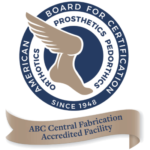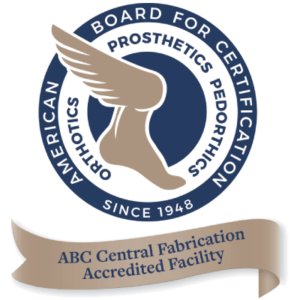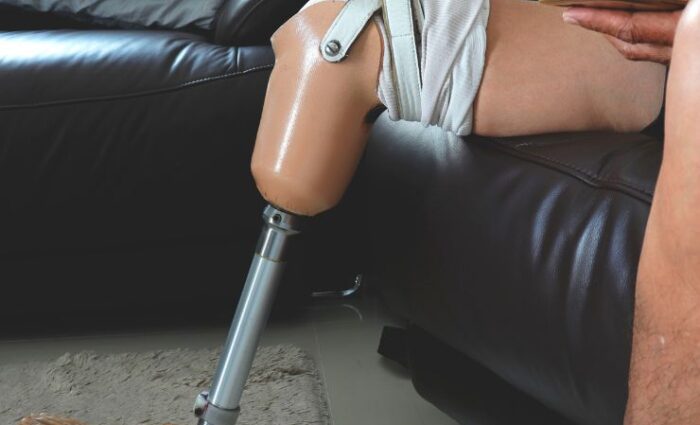What should a patient do if their prosthetic socket breaks?
A prosthetic socket is the most critical component of a prosthetic limb, as it connects the prosthesis to the user’s residual limb, ensuring comfort and functionality. When a prosthetic socket breaks, it can not only cause discomfort but also disrupt daily activities and mobility.
Here’s a guide on what to do if you encounter a break in your prosthetic socket, featuring insights into the fabrication and maintenance processes.
Immediate Steps to Take
1. Stop Using the Prosthesis
If you notice any cracks, breaks, or discomfort in the socket, stop using the prosthesis immediately to avoid further damage or potential injury. Continuing to use a damaged socket can lead to discomfort and may cause harm to your residual limb.
2. Inspect the Damage
Carefully examine the socket to understand the extent of the damage. Look for visible signs such as cracks, splits, or areas where the socket may have become deformed.
3. Contact Your Prosthetist
Once you’ve identified a problem, contact your prosthetist or the clinic where you received your device. They can provide immediate advice and arrange for an inspection. In many cases, they will advise you to visit so they can assess the damage in person.
Understanding Prosthetic Socket Breaks
Causes of Socket Damage
- Poor Fit: One of the most common reasons for a prosthetic socket to break is due to a poor fit. This can happen over time as the shape of the residual limb changes.
- Material Fatigue: Prosthetic sockets endure regular stress during daily use. Over time, the materials used in the socket can become fatigued, leading to cracks or breaks.
- Impact Damage: Accidental impacts or falls can cause immediate damage to the socket.
Types of Damage
- Surface Cracks: These may not compromise the structural integrity immediately but can lead to bigger issues if not addressed.
- Complete Breaks: This type of damage will generally render the prosthetic unusable and require quick action to repair or replace.
Prosthetic Socket Maintenance Tips
Maintaining the prosthetic socket is crucial for prolonging its lifespan and ensuring your comfort and mobility. Here are some maintenance tips:
- Regular Cleaning: Keep the socket clean from sweat and debris, as these can cause irritation to your skin and degrade the materials of the socket.
- Routine Check-ups: Regular appointments with your prosthetist help catch issues like poor fit or material wear before they lead to damage.
- Avoid Unnecessary Stress: Treat your prosthetic limb with care. Avoid activities that may exert excessive force on the socket.
Grace Prosthetic Fabrication’s Commitment
At Grace Prosthetic Fabrication, we understand the importance of a well-fitting and durable prosthetic socket. Our prosthetic socket development and fabrication processes are designed to produce high-quality, custom-fitted sockets that meet the unique needs of each user.
Advanced Fabrication Processes
- Tailored Designs: We consider individual residual limb shapes and lifestyle needs in our designs.
- Quality Materials: We use only the best materials that provide durability without compromising comfort.
- Innovative Techniques: Our technicians employ the latest techniques in the prosthetic fabrication process to ensure each socket is built to the highest standards.
Contact Grace Prosthetic Fabrication for Prosthetic Fabrication
A broken prosthetic socket can significantly affect your quality of life, but with the right steps and support, it doesn’t have to be a long-term setback. By understanding the importance of immediate action and regular maintenance, you can help prevent serious damage and ensure your prosthetic helps you achieve the best possible mobility and comfort. At Grace Prosthetic Fabrication, we’re here to support every step of your journey, from initial fabrication to ongoing care and maintenance.
Contact Grace Prosthetic Fabrication for prosthetic fabrication for your patients.






